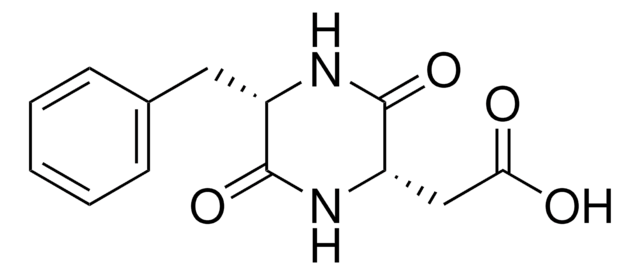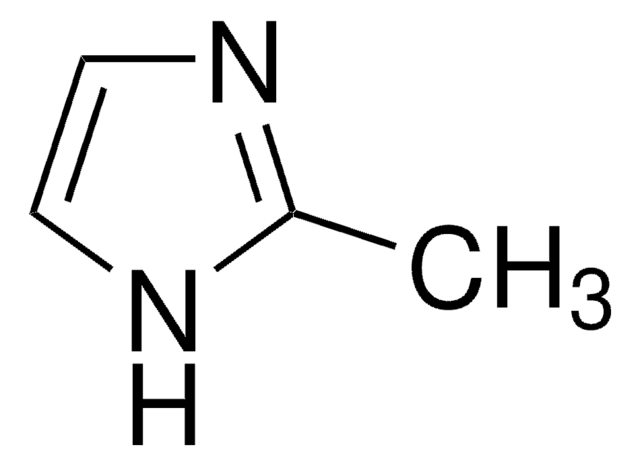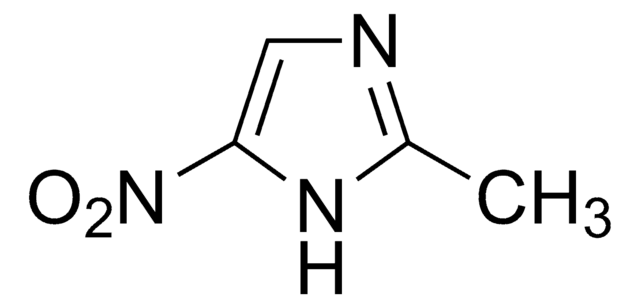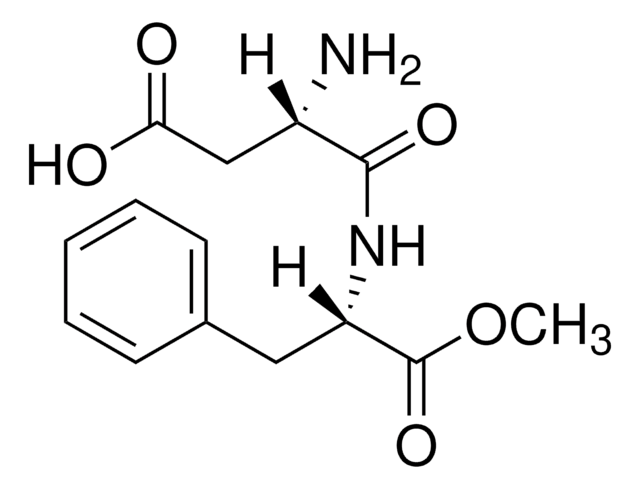1530503
USP
L-Phenylalanine
United States Pharmacopeia (USP) Reference Standard
Sinonimo/i:
(S)-2-Amino-3-phenylpropionic acid
About This Item
Prodotti consigliati
Grado
pharmaceutical primary standard
Famiglia di API
phenylalanine
Produttore/marchio commerciale
USP
Punto di fusione
270-275 °C (dec.) (lit.)
applicazioni
pharmaceutical (small molecule)
Formato
neat
Temperatura di conservazione
2-8°C
Stringa SMILE
N[C@@H](Cc1ccccc1)C(O)=O
InChI
1S/C9H11NO2/c10-8(9(11)12)6-7-4-2-1-3-5-7/h1-5,8H,6,10H2,(H,11,12)/t8-/m0/s1
COLNVLDHVKWLRT-QMMMGPOBSA-N
Cerchi prodotti simili? Visita Guida al confronto tra prodotti
Descrizione generale
Applicazioni
Also used to prepare internal standard, standard, Sample, and system suitability solution during the assay and impurity analysis by using liquid chromatography coupled with UV detector according to the given below monographs of United States Pharmacopeia (USP):
- Acetylcysteine Solution
- Acetylcysteine
- Phenylalanine
- Glutathione
Risultati analitici
Altre note
Prodotti correlati
Codice della classe di stoccaggio
11 - Combustible Solids
Classe di pericolosità dell'acqua (WGK)
WGK 1
Punto d’infiammabilità (°F)
Not applicable
Punto d’infiammabilità (°C)
Not applicable
Certificati d'analisi (COA)
Cerca il Certificati d'analisi (COA) digitando il numero di lotto/batch corrispondente. I numeri di lotto o di batch sono stampati sull'etichetta dei prodotti dopo la parola ‘Lotto’ o ‘Batch’.
Possiedi già questo prodotto?
I documenti relativi ai prodotti acquistati recentemente sono disponibili nell’Archivio dei documenti.
I clienti hanno visto anche
Il team dei nostri ricercatori vanta grande esperienza in tutte le aree della ricerca quali Life Science, scienza dei materiali, sintesi chimica, cromatografia, discipline analitiche, ecc..
Contatta l'Assistenza Tecnica.











